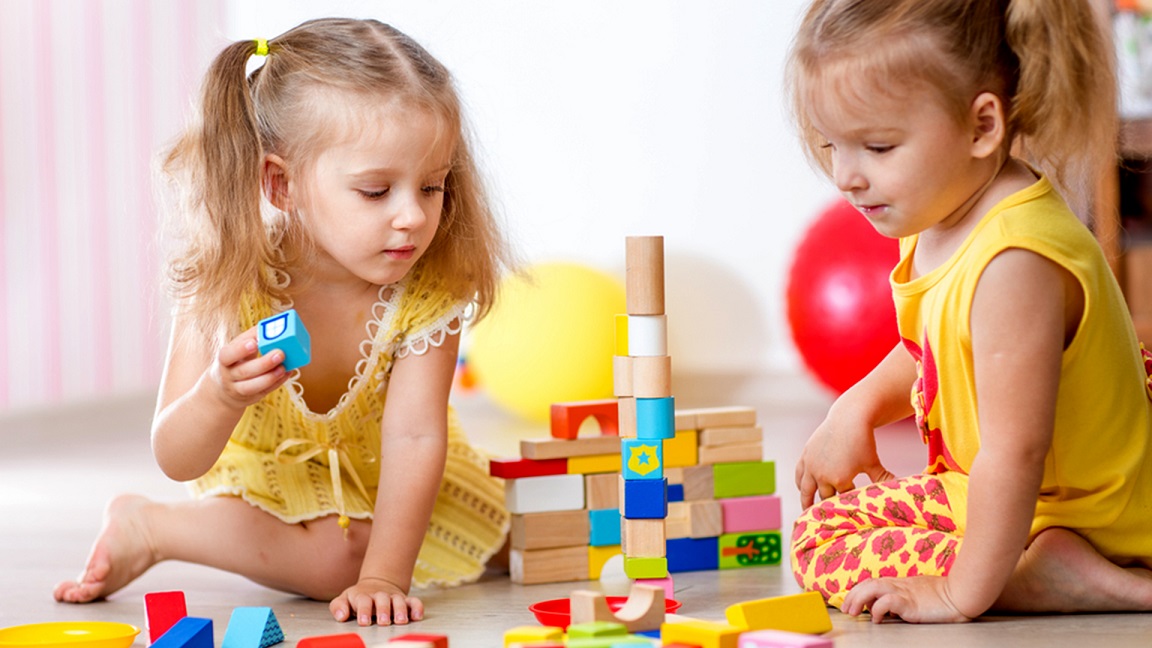We at RobotLAB understand the importance of doing something with your kids and keep them entertained during this Coronavirus (COVID-19) quarantine. That's why we want to share with you eleven STEM activities to do at home!

1. Cloud in a Jar
Category: Science
Condensation, water cycles and states of matter all get some attention with this delightful activity. A few simple household ingredients (water and hairspray) come together to demonstrate the formation of a cloud for kids.
This activity can be very simple for the littlest ones—or scaled up for older kids into an experiment with two different methods to create a cloud, along with conversation about how water cycles work in the environment. For bonus points, take the kids out on a foggy or cloudy day and perform this activity to help them connect the dots.
2. Oil Spill
Category: Engineering/Science
Why not try an activity that will connect back to real issues? In this activity, you simply mix oil and water in a large container and add a few feathers to the mix. Then pass out materials like sponges, paper towels or little spoons and instruct the children to try to remove the oil from the water and feathers.
Have the kids try to remove the oil without removing too much water. You can use this activity to show how oil spills can affect the environment, letting them observe how the oil affected the feathers and how difficult it was to remove it from the water. The basic elements of this activity (mixing oil and water) make it easy for the learning level to be scaled up or down depending on the child’s age—oil can obviously be messy, so use your discretion with younger learners.
3. Sticky Note Number Match
Category: Math
With a sheet of paper taped to the wall, some sticky notes and a marker, you can set up this movement-oriented math activity to help kids understand the meaning of numeric values. Instead of memorizing lists of numbers, this “game” lets kids hunt for sticky note numbers and stick them on the wall over the grouping of dots (or stars or banana stickers, if you like) that matches the number.
The setup for this activity could not be simpler, and anyone with tape and paper can make it happen! If your kids are still working on the concept—numbers 1-5 can be an easy place to start.
4. Coding a LEGO® Maze
Category: Technology
In this activity, children can begin to learn the basics of coding. This activity from ResearchParent offers suggestions on how to scale the activity down for younger kids, as well as how to complicate it for elementary school and even middle school children.
With free printable materials like different mazes and instruction cards, your child puts themselves in the shoes of the “user” and lines up different codes (printed instructions) in order to “guide” their LEGO person through the maze. As kids perform this activity, they learn to estimate the perspective of something else and build a rudimentary understanding of command codes, sequence and looping that can help them with coding basics later on.
5. Crystal Sun Catchers
Category: Science
Making crystals with salt is a popular kid’s science activity—for good reason! The ingredients are cheap, available at the grocery store—and the results are lots of “Ooooh’s” and “Ahh’s” from your kiddos.
This particular activity also involves making the crystals into a sun catcher! And for those of you who like to throw some art education into the mix, the post also includes hyperlinks to an art icon whose work was inspired by warping geometry, much like the crystals.
6. Building a Hand Crank Winch
Category: Engineering
This STEM project is perfect for those kids who love to get crafty and learn how things work. The concept of the winch is a perfect way to build an early sense of how people can build awesome things with simple machines like pulleys.
Little ones will probably need your help constructing the winch—but with tools like cardboard paper towel rolls and a spool of ribbon, the parts are all kid-friendly (and inexpensive).
7. Build a Balance Scale
Category: Science
This activity involves a plastic hanger, some cups and string. Make your young ones a hanging balance they can use to experiment with weights. Or, if you have an older child—enlist their help in building the scale as well!
To encourage their sense of experimentation, Hands On As We Grow suggests asking questions like, “How many LEGOs does this toy car weigh?” With lots of options to add variety (sorting by shapes, by materials, etc.), this homemade scale can be a STEM project you return to again and again.
8. Magnetic Slime
Category: Science
Homemade “slime” activities are a staple for many parents and educators looking for a fun tactile activity. This variant adds a splash of science by adding iron oxide powder and magnets into the mix. Getting the slime consistency right can be a little tricky, but most issues can be resolved with either adding more glue or more liquid starch. Once the starch is ready, you’ll need a strong neodymium magnet (or more) to start manipulating the slime.
This activity is an excellent conversation starter as kids are sure to have a lot of questions about how magnets work—so don’t forget to brush up on the subject yourself before getting started!
9. Jellybean Building
Category: Engineering
All you’ll need is a pile of jellybeans (or large marshmallows) and toothpicks for your student or child to start learning about structures. By connecting toothpicks with jellybeans, encourage your child to see which shapes hold together well, which shapes stack well and which shapes are most interesting to look at.
This activity can help them start to understand the thought, design and technology behind structural engineering. Try challenging them to create a house or a specific structure—it’s a blast to see them considering their options as they build.
10. Pipe Cleaner Counting
Category: Math
For the student or child just learning to count, understanding that numbers increase in size can be confusing. With just pipe cleaners and beads, you can help your child learn to count while also getting a visual of how numbers increase in size. Simply take small pieces of paper and label each pipe cleaner with a number. Then, have your child order the pipe cleaners from smallest to greatest and start stringing on the correct number of beads while counting aloud.
11. Stop-Motion Animation Video
Category: Technology
Here’s an excellent option for creative STEM learning. We’ve all seen the fun stop-motion videos online, but you probably never thought of creating one yourself or, better yet, with your kids. With just a few objects, a smartphone or iPad® and a stop-motion app, your kids can learn about the technology behind movie-making and create a video unique to their own likes and interests.

Discover more with RobotLAB!
Take a look to our STEM and Robotics lessons and keep learning from home!


